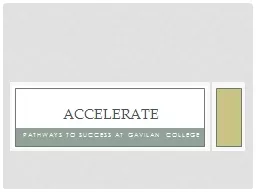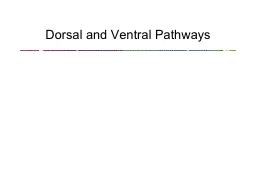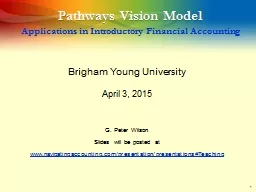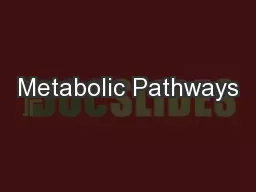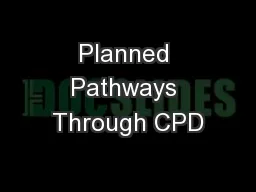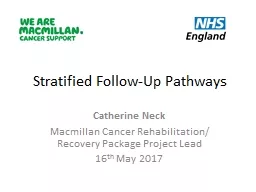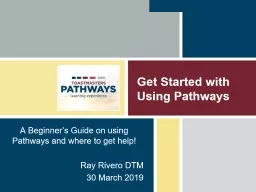PPT-Pathways to success at
Author : mitsue-stanley | Published Date : 2017-07-11
Gavilan College Accelerate Presenters Scott Sandler English 250P260P Accelerated English no prereq one level below transfer Karen Warren English 250P260P English
Presentation Embed Code
Download Presentation
Download Presentation The PPT/PDF document "Pathways to success at" is the property of its rightful owner. Permission is granted to download and print the materials on this website for personal, non-commercial use only, and to display it on your personal computer provided you do not modify the materials and that you retain all copyright notices contained in the materials. By downloading content from our website, you accept the terms of this agreement.
Pathways to success at: Transcript
Download Rules Of Document
"Pathways to success at"The content belongs to its owner. You may download and print it for personal use, without modification, and keep all copyright notices. By downloading, you agree to these terms.
Related Documents

